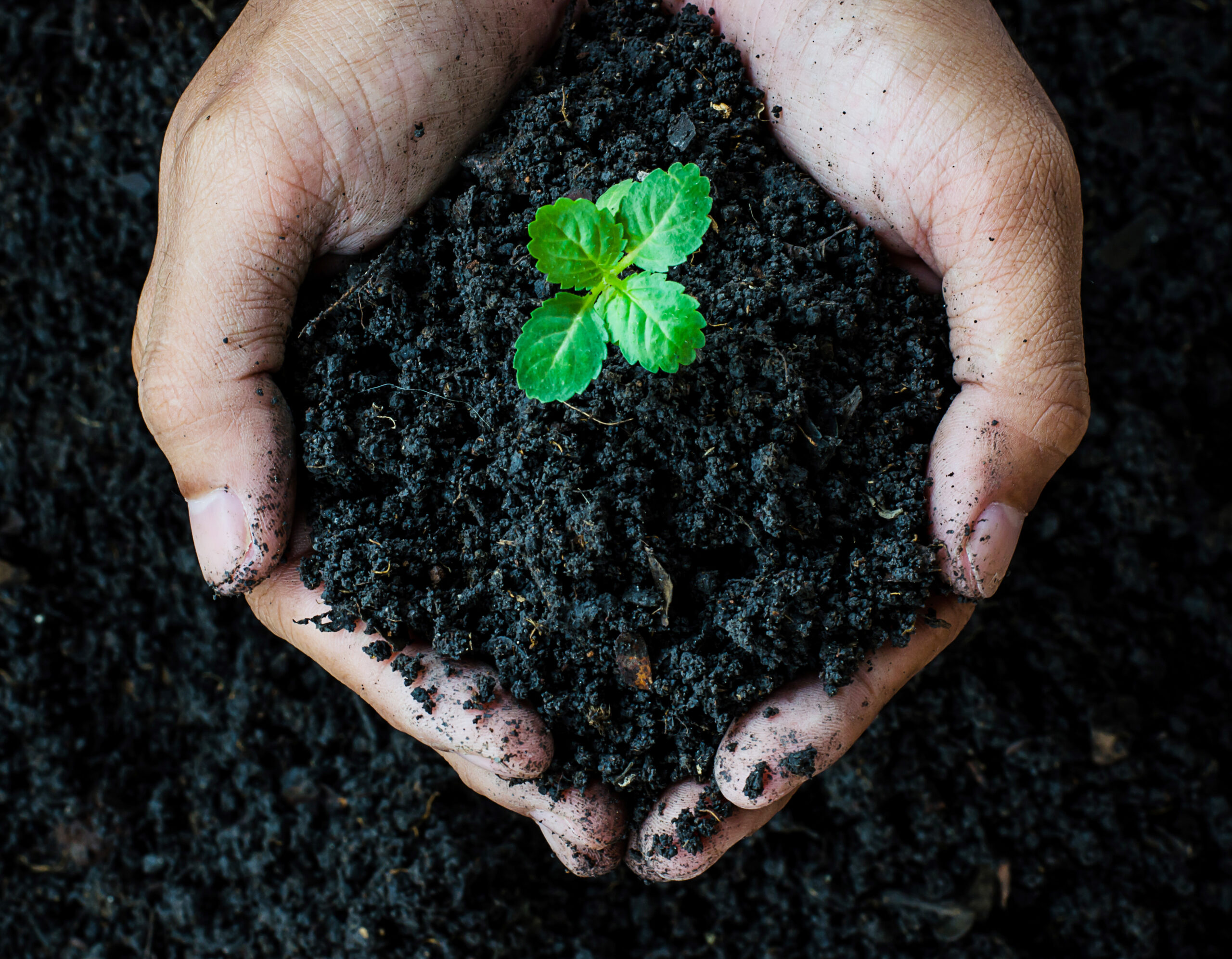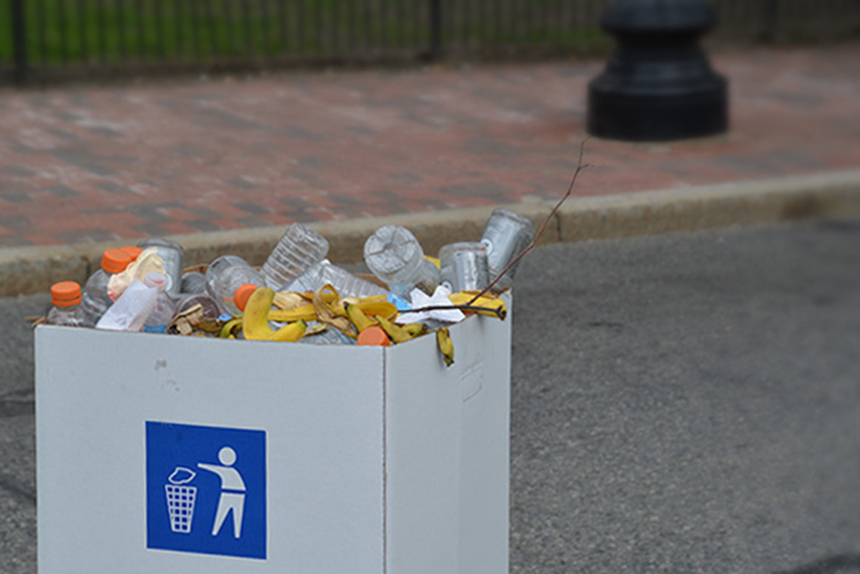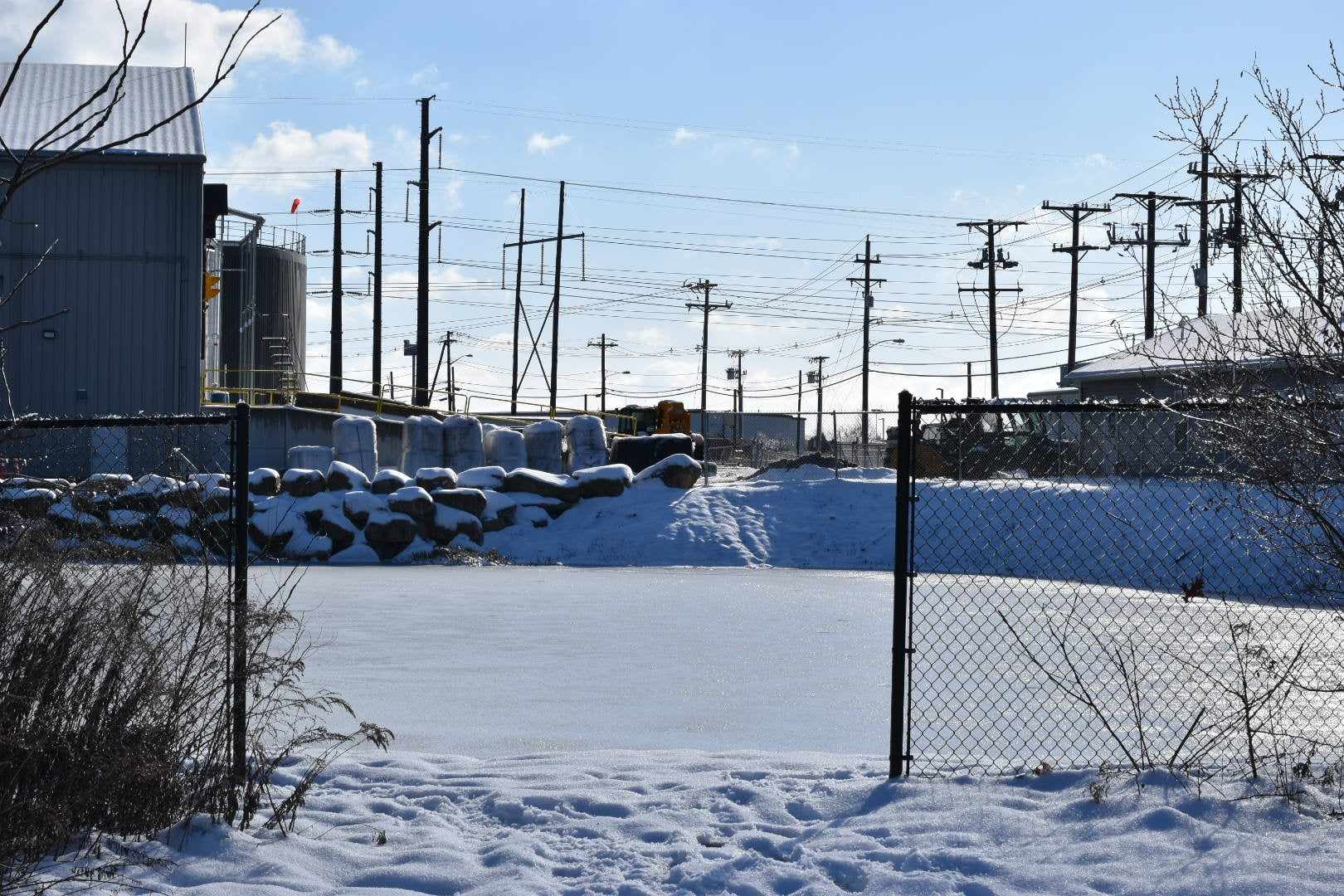School’s Food-Waste Problem Tumbles Away
September 9, 2013
BARRINGTON, R.I. — Michaela, Mellie and Eva, third-grade students at Sowams Elementary School, have been on lunch duty for a week. Each day, they’ve eaten quickly, then supervised a cafeteria waste station where they help their classmates sort their recyclables, food scrap and trash properly.
Early in the lunch period, the waste station seems overstaffed relative to the frequency of its use, but, as lunch draws to a close, a rush puts the girls’ training to the test.
Countless milk cartons and juice boxes have their contents poured into a swill bucket; the containers then placed into a recycling bin. Plastic bags are sorted into a separate recycling bin for stretchy plastic. Carrots and half-eaten apples are added to the food-scrap bucket.
Despite their best efforts, the girls are overwhelmed. Capri Sun pouches get recycled instead of trashed, and some milk cartons find their way into the stretchy-plastic recycling bin. Undaunted, the girls reach their gloved hands into the bins to correct their classmates’ mistakes.
“Can this be recycled?” asked Mellie, pulling a Lunchables box from a bin. It can’t be, she is told by Kelly Anne Ruda, a teacher’s assistant and lunch-duty volunteer, because cardboard designed for the refrigerator isn’t recyclable.
Mellie trashes the box and turns back to the flood of students all presenting her with different packaging. Then, as quickly as it began, there is quiet and the cafeteria is empty.
It’s fair to say the Sowams School asks a lot of its third-grade lunch-duty teams, but it’s hard to argue with the results. The trash students generate at lunch each day is weighed. When the school began this tradition eight years ago, the daily lunch-room trash weighed more 70 pounds, according to Carroll Garland, a second-grade teacher and the leader of the school’s waste-reduction efforts.
Last spring, thanks to expanding composting and recycling efforts at the school, that weight was down to 15 pounds a day — not bad considering the school’s lunch period accommodates some 240 students.
Composting hub
While recycling is old school at Sowams, the composting program is only in its third year. Garland, who has been teaching at Sowams since 1993, remembers when a farmer used to collect the school’s food scrap for his pigs. Students separated scrap from trash, but eventually the farmer stopped coming.
“We had compost bins for a while before we started composting,” Garland admitted, “but the mechanics of separating the food scraps and getting them to the bins stopped us from using them.”
It wasn’t until a few passionate and knowledgeable parents stepped forward three years ago that composting was considered seriously, she says.
Sowams used Mansfield Middle School in Connecticut as a model. Mansfield began composting more than a decade ago, and published a free school-composting guide based on its experience.
According to Garland, administrators, the custodial staff, the lunch staff and parents all had to get on board with the project in order for it to succeed. Two tumbler composting bins, two curing bins and other miscellaneous items also needed to be procured, she said.
Once support was built and supplies secured, students were taught how to sort their food scrap, lunch-duty teams were trained and staff volunteers who would oversee the daily routine were identified.
Closing the loop
Sowams Elementary School students Matt, left, and Grady smash apples with logs before adding them to the school’s compost tumblers.“Pretty much the first thing you have to do is smash up the apple cores, then you add a little leaves, then you spin it three times.” That, according to Brady, a third-grade student at Sowams Elementary School, is how the school composts its food scrap.
Smashing the apples is the undisputed highlight of lunch duty. Medium-sized logs, stored next to the compost tumblers, are used to pound apples into sauce before they are transferred from the collection buckets into the tumblers.
Compost science explains that the more surface area microbes in a compost pile have to attack, the quicker the matter decomposes. Brady and his team members, both named Matt, didn’t seem to have science on their mind while crushing the apples.
The compost tumblers at Sowams are behind the school. The bins and equipment have a small storage footprint, and have resulted in no pest complaints or problems. Fruit-fly outbreaks were remedied early on by adding more leaves to the tumblers and leaving the lids ajar to allow airflow. These practices also result in bins that are practically odorless, unless, as the boys did during my visit, the observer sticks his head in the tumbler; according to all three boys, doing so “makes you feel like you’re going to barf.”
Ruda, who had been helping the girls earlier, was now on tumbler duty. This involved guiding the boys through the proper procedure. After smashing the apples, Ruda directed the boys to empty the buckets into a tumbler, then helped them seal the lid and spin it three times — as Brady had noted earlier — to aerate the contents.
In a courtyard next to the tumblers are 18 raised garden beds, which according to Garland, are managed by the first grade. Some had eggplants growing in them, others had tomatoes. The food grown is donated to the East Bay Community Action Program, according to Garland. The garden beds are the ultimate beneficiaries of the school’s composting program.
“When we add our compost to the gardens, we close the loop,” Garland said.
Like with any major change, Sowams had to overcome unexpected problems with its composting program. An early hurdle occurred when students, not permitted to leave their seats during lunchtime until excused for class, simultaneously swarmed the wastes stations at the end of lunch period.
“Lines were forming and kids were getting to class late,” Garland said. The school decided to change its policy so that students could leave their seats to use the waste stations during lunch. This allowed the students to clear their trays when they had finished eating and lessened the bottleneck at the end of lunch.
Garland also noted the importance of securing the support of the maintenance staff. She said that despite students and staff volunteers being responsible for most of the work, the maintenance staff did absorb some new tasks, such as setting up the waste stations in the morning.
Skip Learned, director of facilities for the Barrington Public School District, said he is happy to help. Learned, who has roofed five of the district’s six schools with white roofing material, installed rain barrels at two elementary schools and has added Solatube skylights and energy-efficient lighting to the district’s facilities, said that green initiatives usually have monetary benefits.
“For me personally, it’s a green thing, but the savings are the way to get it done,” he said.
Garland also noted that the program is only possible because staff members such as Ruda are willing to be in the cafeteria to help. “It really takes teachers to put these things into place day to day,” she said.
The success of the program can be measured in different ways. Since Sowams began composting, the initiative has spread to the Nayatt and Hampden Meadows Elementary schools. Each school requires less than 3 cubic yards to compost its cafeteria scraps.
Garland measures the project’s success based on its impacts on the students. “We didn’t have the composters going during the first week of school and students were saying, ‘What am I going to do with this apple core? I can’t just throw it out!’” Garland said.
She thinks moments like these are happening at the students’ homes as well, which widens the program’s reach. “The kids have become real crusaders,” Garland said. “I think its really empowering to show the kids they can do this.”
Categories
Join the Discussion
View CommentsRecent Comments
Leave a Reply
Your support keeps our reporters on the environmental beat.
Reader support is at the core of our nonprofit news model. Together, we can keep the environment in the headlines.
We use cookies to improve your experience and deliver personalized content. View Cookie Settings




‘What am I going to do with this apple core? I can’t just throw it out!’” – What a beautiful comment. Thank you Sowams, Ms Garland and all those involved for fostering a climate of environmental responsibility in our students. Hopefully, they will continue this practice at home and beyond.